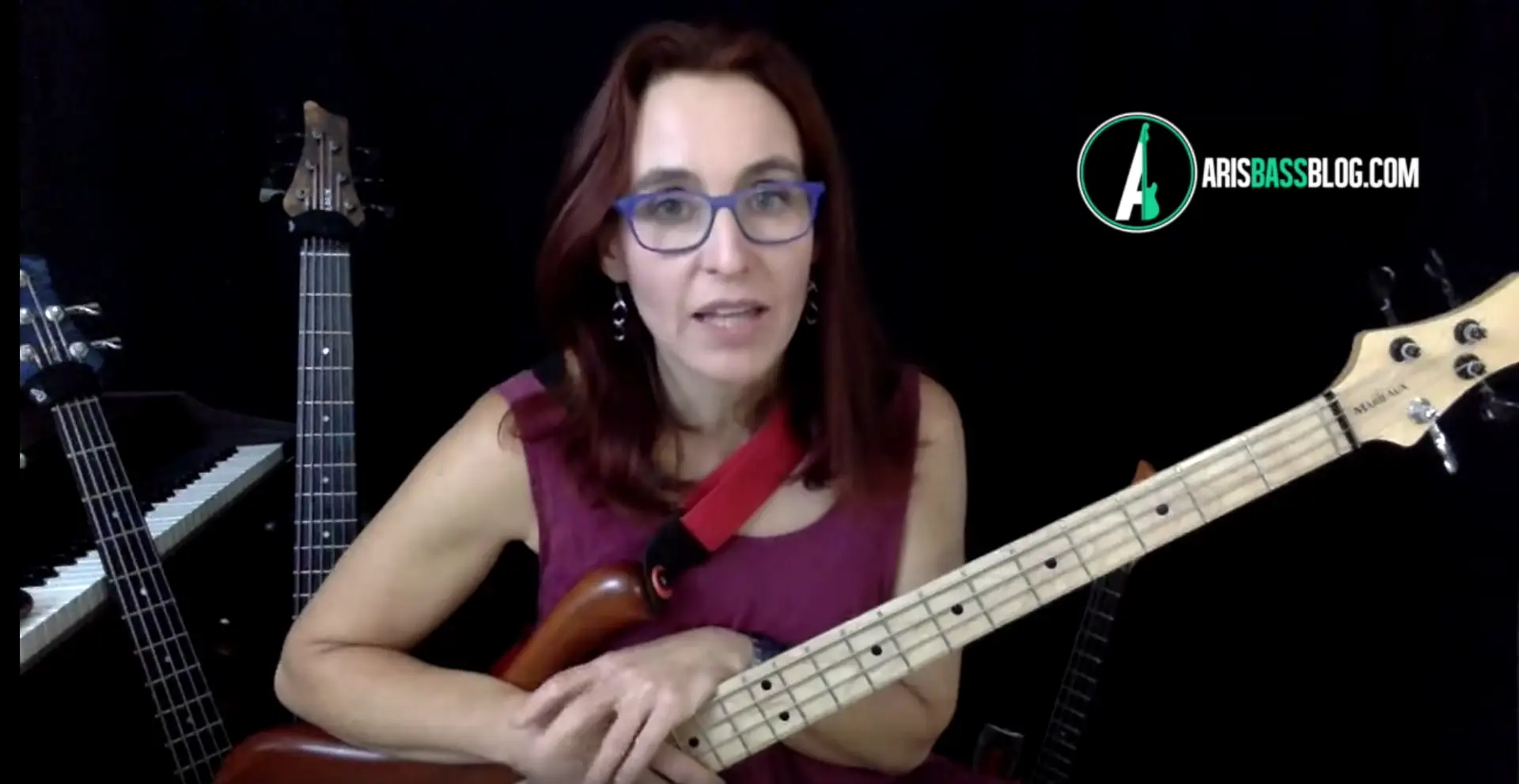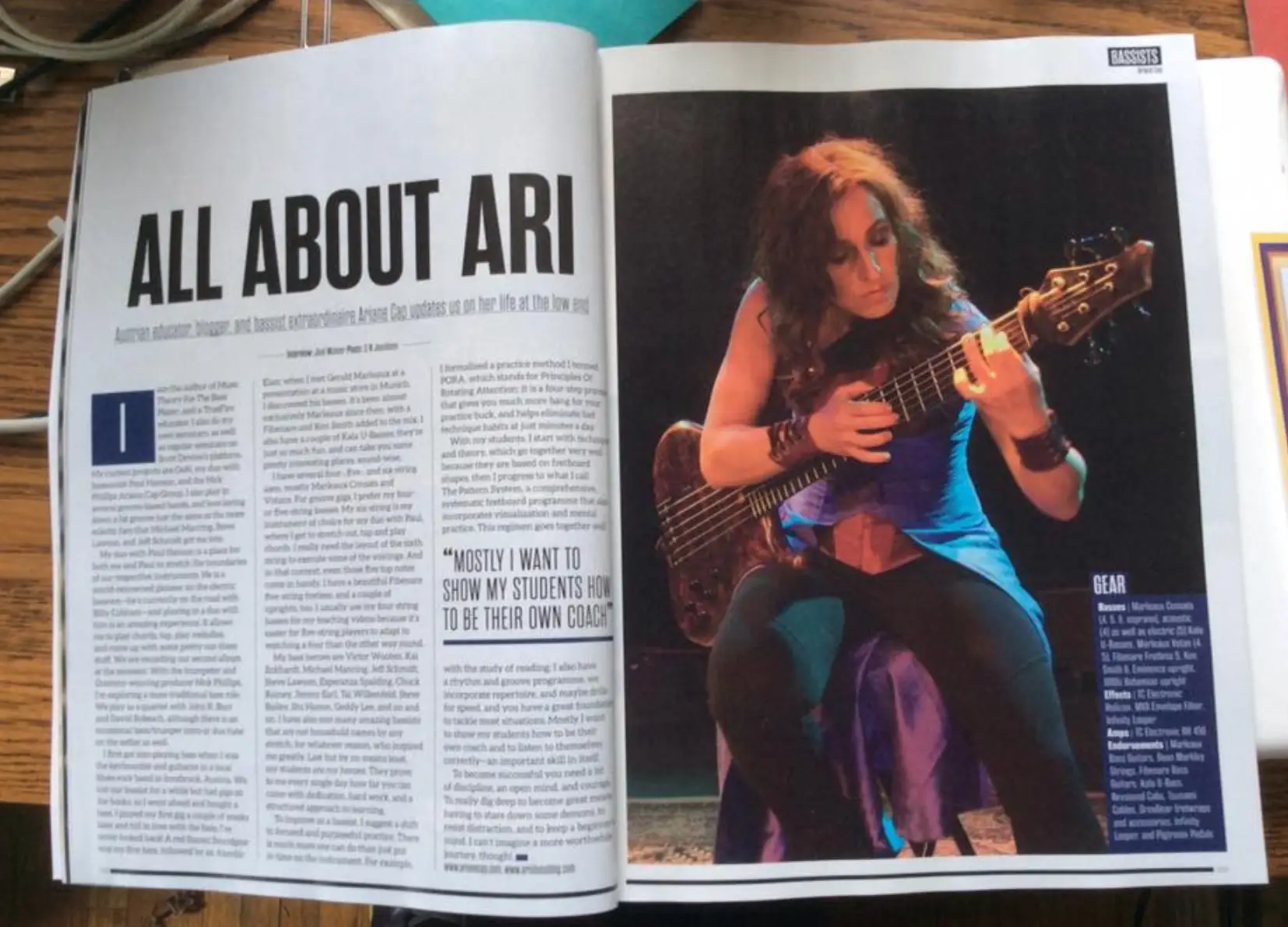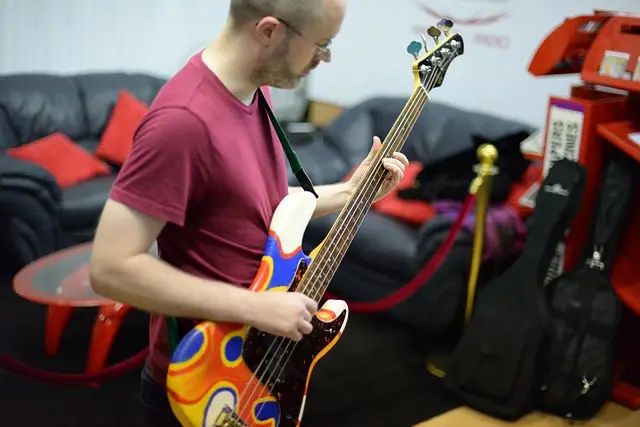Dmin sus or “D minor sus”
- Dmin means a D minor triad, the root, flat three, and perfect fifth.
- D sus means a triad without a third. The third is suspended, in favor of the 4 (or, if specified as sus2, the 2), so typically root, perfect fourth, perfect fifth. Or, in the case of a sus2 chord, root major second, perfect fifth. Read more on sus chords in this post.
But D min sus?? Which one is it now, “sus” the third or “minor” the third?
That’s a contradiction in terms. In the context of music, sus translates to a note that is placed instead of a third. The addition of “sus” contradicts the minor.
Of course, this confuses the careful musician because it is an oxymoron! (Wait, what did you just call me?)
It is, however, a chord you may run into. It is sloppy and not really correct, but I have seen it used.
Here is the Scoop on “Dmin sus”
It has to do with context. For example, take this chord progression:
|| Dsus | Gsus7 | Cmaj7 | Cmaj7 ||
Let’s say the melody and overall structure of the song suggest that we are in C major. The chords themselves certainly suggest that.
Clearly, in the C major context, the chord scale for whoever solos over the Dsus chord would then be Dorian, which is a minor scale.
So a writer might be tempted to write Dmin sus if they want the D min chord to not have a third and in order to clarify the chord scale and to distinguish it from other possible scales (like Mixolydian). While this is a nice hint for the soloist, it would confuse the chord players (like piano or guitar) who say: “Well, what is it? Minor or sus?” They would most likely resolve their internal conflict by playing a Dmin7 11 chord which has both the min3 and 11 present but likely wasn’t what the writer intended (else they would have written Dmin7 11).
What to do instead of “D min sus”
So if you want a sus chord from the chordal instruments but at the same time give the soloist a hint of which scale to use without producing an oxymoron like min-sus, I suggest you take another route: write D sus and the scale you want the soloist to use on top of the staff. In the above example, write Dsus followed by “Dorian”. I’d do it in a smaller font or in parentheses: Dsus (dorian). That makes it all crystal clear!
Now the example I gave above is fairly obvious because of the unambiguous tonal context, making this addition redundant for experienced players, so just Dsus would do. Other situations might not be as clear. For example, when modulations are involved and you want a minor scale, but a sus chord, it could be Dorian, Phrygian, Aeolian, even Locrian to name just the possibilities from the ‘major scale derived’ modes. In cases that are not as clear cut, the musicians will much appreciate the addition of the suggested scale.
Even More Useful TidBits on Sus Chords
When we write 9th or 11th in a chord symbol, this typically means that the third is present in the first octave (everything above 8 refers to the second octave as seen from the root). However, a chord like G7 11 is very uncommon because it implies that the major third and the eleventh (ie. fourth an octave up) are both present.
Why should this be uncommon then?
Two reasons:
- The major third and the 11 form a very dissonant interval, namely a b9 (which is an octave plus a half step). The only place where this interval is often used and commonly accepted is in dominant 7 b9 chords, which are all about tension and where this b9 very strongly resolves down a half step.
- This chord would contain both the leading tone (the major third) and its resolution (the 11 or 4) creating an inherent conflict of intention.
There is, of course, an exception to the above, which is modal music. This music uses tonal structures like chords based on thirds (although not exclusively), but does not adhere to functional harmony (meaning the V->I resolution). This means harmonic progressions are not based on the tonic-dominant relationship, but on tone/chord color. Read more about modal versus tonal music here.
For the full scoop on all things Music Theory for the Bass Player, check out my book and course!









